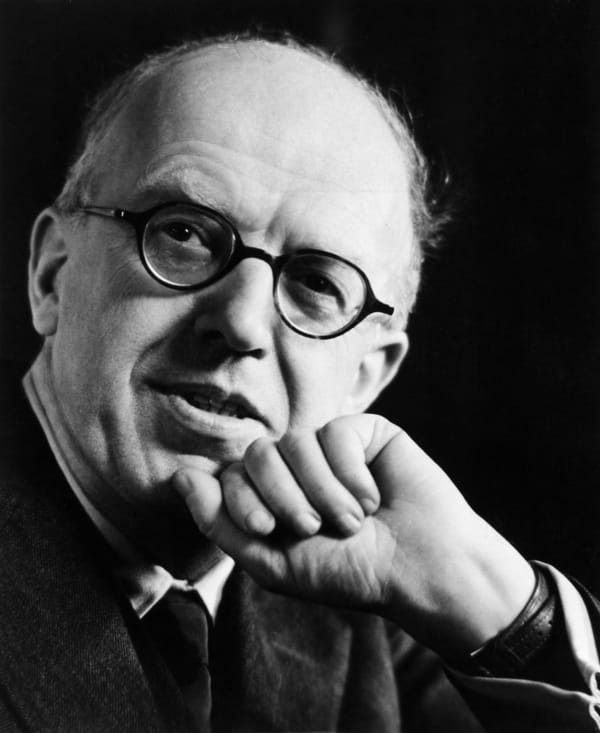The unveiling of the first images from the James Webb Space Telescope last week was as much a testament to human scientific prowess as it was a throwback to the space race and the “Sputnik moment,” when governments—not privateers like Elon Musk or Jeff Bezos—led humankind into the cosmic frontier.
The eminently public nature of scientific research wasn’t the only thing that characterized the Sputnik moment. At the time, what might be called liberal humanism still held some sway, standing in tension with an increasingly imperious science and scientism (science turned into an ideology, as the one method of inquiry posing the only questions worth asking and offering the only sorts of answers worth supplying).
The British thinker C.P. Snow provocatively distilled this tension in a famous lecture in 1959, just two years after the Soviets launched Sputnik. In it, he described an academy hopelessly divided between the “two cultures” of the humanities and the sciences. The humanities, he suggested, were definitely the poor cousins, desperately in need of catching up with the hard sciences.
A novelist and a physical chemist, Snow inhabited both of the two cultures, making him well-placed to comment on their interaction (or lack thereof). He bemoaned that even at Cambridge, a research powerhouse, people considered educated under the standards of “traditional culture” expressed “with considerable gusto … their incredulity at the illiteracy of scientists.” Meanwhile, the humanists themselves couldn’t even properly define “mass or acceleration,” rendering them illiterates by scientific standards.
